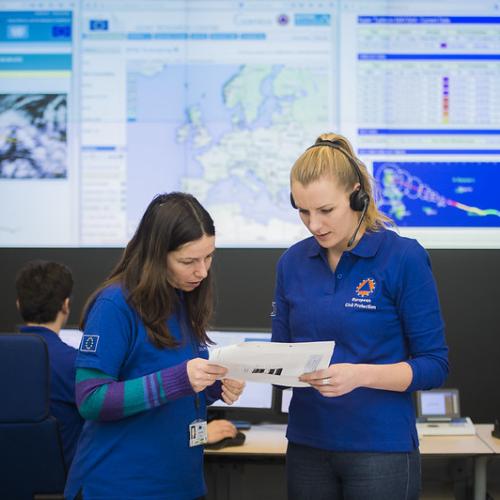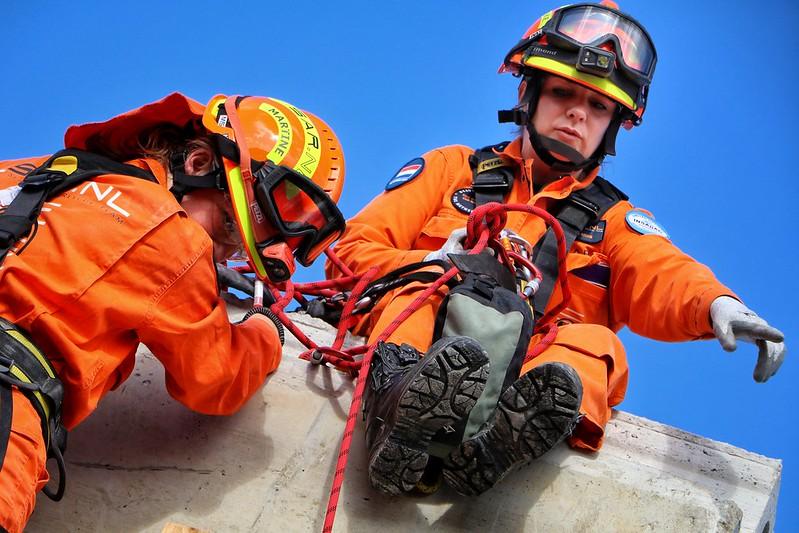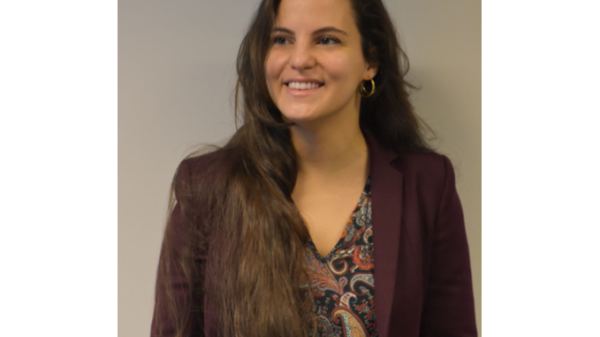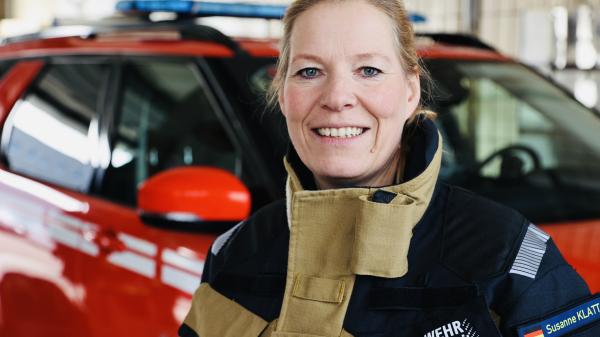Women are 14 times more likely than men to die in a disaster. [1] The disproportionate impact of disasters on women is also observed during disasters; for example, during the 2004 Asian tsunami, women in many villages in Aceh, Indonesia, and in parts of India, accounted for over 70 percent of the dead.
The guidelines outline the following ‘three quick points’ (together with more in-depth considerations) on bow gender can be better factored into emergency preparedness and response:
1) Seek engagement of a broad representation of stakeholders and groups in the population in risk assessment processes and coordination mechanisms. This includes government, civil society, and private actors specialised in gender and human rights issues as well as women, girls, boys, men, youth, the elderly, people with disabilities and other minority groups in local communities.
2) Ensure that emergency response plans, SOPs, and humanitarian scenario development consider assessing, reporting on, and responding to the different needs, risks, and vulnerabilities of different groups in an affected population.
3) Promote gender balance and diversity among staff and volunteers engaged in preparedness and response activities. Ensure that all staff and volunteers are sensitised to integration of a gender and human rights perspective in their specific intervention areas and apply participatory approaches as well as safety and ethics principles in their work.’
Focus on Gender Based Violence
The guidelines also particularly highlight the need to ensure effective strategies and quality support for victims of Gender Based Violence in emergencies. Genderbased violence often increases and intensifies during emergencies, both in homes and in public. It describes taking action to prevent and reduce risks of this violence as ‘a core responsibility for responding actors’ and as an area where ‘measures should be taken within all sectors. ‘
Public Awareness and Communication – leaving no one behind
The guidelines also provide advice for the civil protection community on how to include gender in public awareness and communication, particularly focusing on the need to adapt risk communication to reach target groups, leaving no one behind.
‘More than just a roof: how adequate emergency shelter can support the most vulnerable during an emergency’ meanwhile focuses on the way that vulnerable groups (such as women) are often overlooked in emergencies, where time and efficiency governs the response. Using emergency shelter as a thread, the session will provide tangible examples of how small things can have an enormous impact in the lives of those affected by a disaster or a conflict. Specialists in protection and vulnerabilities will consider how can better anticipate the needs of vulnerable groups, and what is being done already in this area. The session will also consider how gender can be better integrated into planning of the EU’s response capacity going forward.








